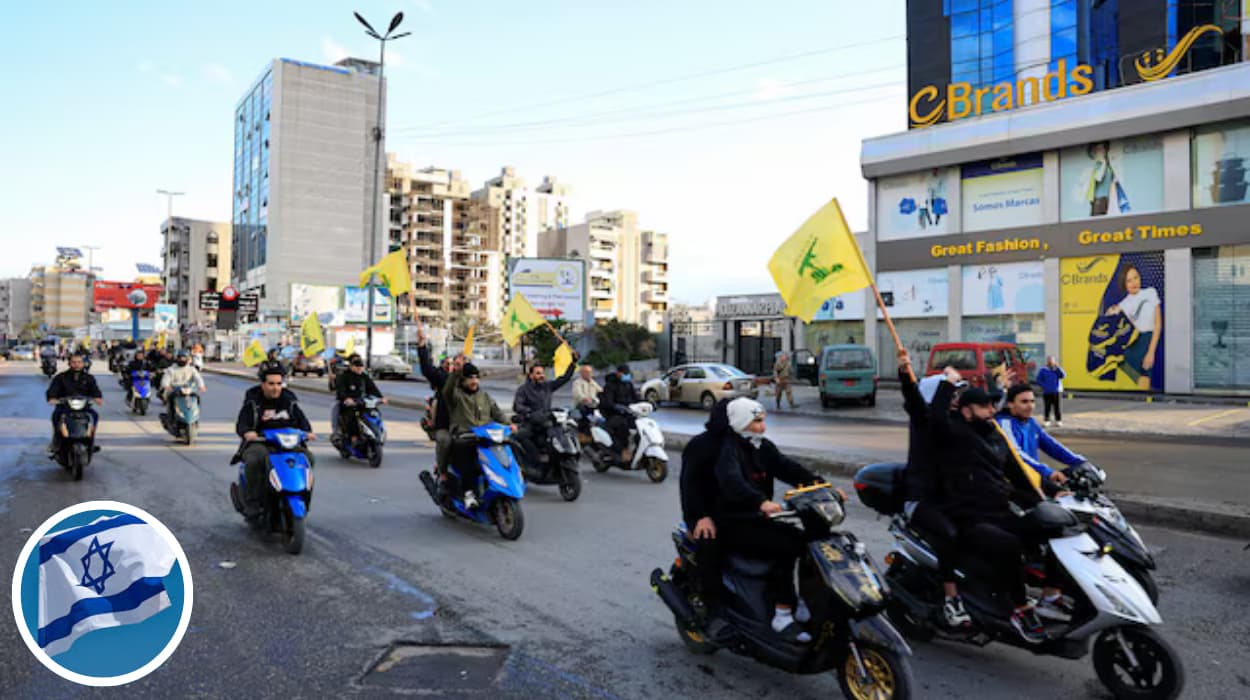Summary
- The US has a plan aimed at disarming Hezbollah by the end of the current year.
- The plan includes a coordinated Israeli withdrawal from certain areas.
- This initiative emerges amidst ongoing tensions in the Middle East.
- The US strategy involves diplomatic and potentially military efforts to reduce Hezbollah's influence.
- Israeli authorities have been consulted and are part of the withdrawal planning.
- The wider goals involve stabilizing the region and reducing conflict.
- The plan reflects a significant shift in US policy toward Hezbollah and Israel.
- Multiple media outlets and officials have provided varying details and perspectives on the plan.
The United States has unveiled a strategic plan aimed at disarming Hezbollah by the end of this year, marking a pivotal moment in the ongoing efforts to stabilize the volatile Middle East region amid the Israel-Hezbollah war. This initiative, coordinated closely with Israeli officials, includes a planned Israeli military withdrawal from key contested areas, which is designed to complement and support the disarmament process. The plan reflects a significant shift in US policy, emphasizing a multifaceted approach that combines diplomatic engagement, military considerations, and international cooperation to weaken Hezbollah’s influence, curb Iranian proxy power, and promote lasting regional security. The developments have drawn varied reactions from global actors, highlighting the complexity and high stakes involved in reshaping the geopolitical landscape between Lebanon, Israel, and their allies in the context of the Israel-Hezbollah war.
What is the US plan regarding Hezbollah's disarmament?
The United States has reportedly developed a comprehensive plan aiming to see Hezbollah disarmed by the end of the current year. The initiative is part of a broader strategy to stabilize the Middle East by reducing the military and political influence of Hezbollah. According to sources within the US government and several media reports, this plan not only targets the dismantling of Hezbollah's arsenal but also involves a coordinated Israeli military withdrawal from specified contested areas to help de-escalate regional tensions.
How does Israeli withdrawal factor into the US plan?
Israeli officials have been engaged in consultations about the proposed staged withdrawal. The withdrawal is designed to coincide with Hezbollah’s disarmament process to avoid creating power vacuums that could lead to further instability. This move indicates a significant recalibration of Israeli defense posture in coordination with US diplomatic efforts. The details suggest that Israel may pull back forces from areas where Hezbollah is active, under conditions that warrant confidence in the disarmament progress.
What methods are anticipated to be used for Hezbollah disarmament?
While the plan’s complete details remain classified, a combination of diplomatic pressure, sanctions, intelligence operations, and potential on-ground military action is expected. The initiative presupposes close cooperation with Lebanese political entities and international partners. The US also plans to monitor compliance through intelligence channels and possibly through UN forces present in Lebanon.
What are the regional implications of the US plan for Hezbollah and Israel?
If successfully implemented, the plan could reduce Hezbollah’s threat level against Israel and improve security conditions on Israel’s northern border. It may also influence the geopolitical balance in the Middle East by limiting Iran’s regional proxy power. However, this plan carries risks of escalating short-term conflicts as Hezbollah resists disarmament efforts. Regional states, including Lebanon and others, are likely to respond cautiously to the unfolding situation.
What are the objectives behind disarming Hezbollah as per US strategy?
The primary objective of the US plan is to diminish Hezbollah’s military capabilities to reduce the possibility of armed conflict and terrorist activity in the region. Officials suggest this will lead to a more stable Lebanon and allow for increased political and economic development in the region. Beyond security, this effort is expected to curb Iranian influence, as Hezbollah is widely regarded as an Iranian proxy group.
How are international actors responding to the US plan?
The global reaction is mixed, with some international actors supporting efforts to curb militancy and violence, while others caution about the complexities of imposing disarmament on a significant political entity like Hezbollah. The UN and European partners have expressed interest in peaceful resolution and monitoring mechanisms to ensure stability.
What are the challenges and outlook for the plan’s success?
The challenges include ensuring Hezbollah’s compliance, managing Israeli security concerns, and maintaining Lebanese political stability. Hezbollah’s entrenched presence in Lebanon’s political and social fabric makes disarmament complicated. The plan’s success depends heavily on diplomatic finesse, robust enforcement mechanisms, and international support.

